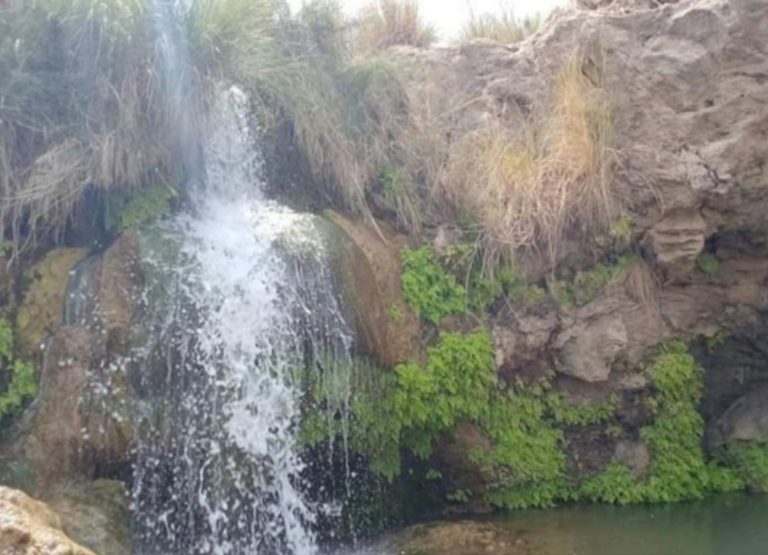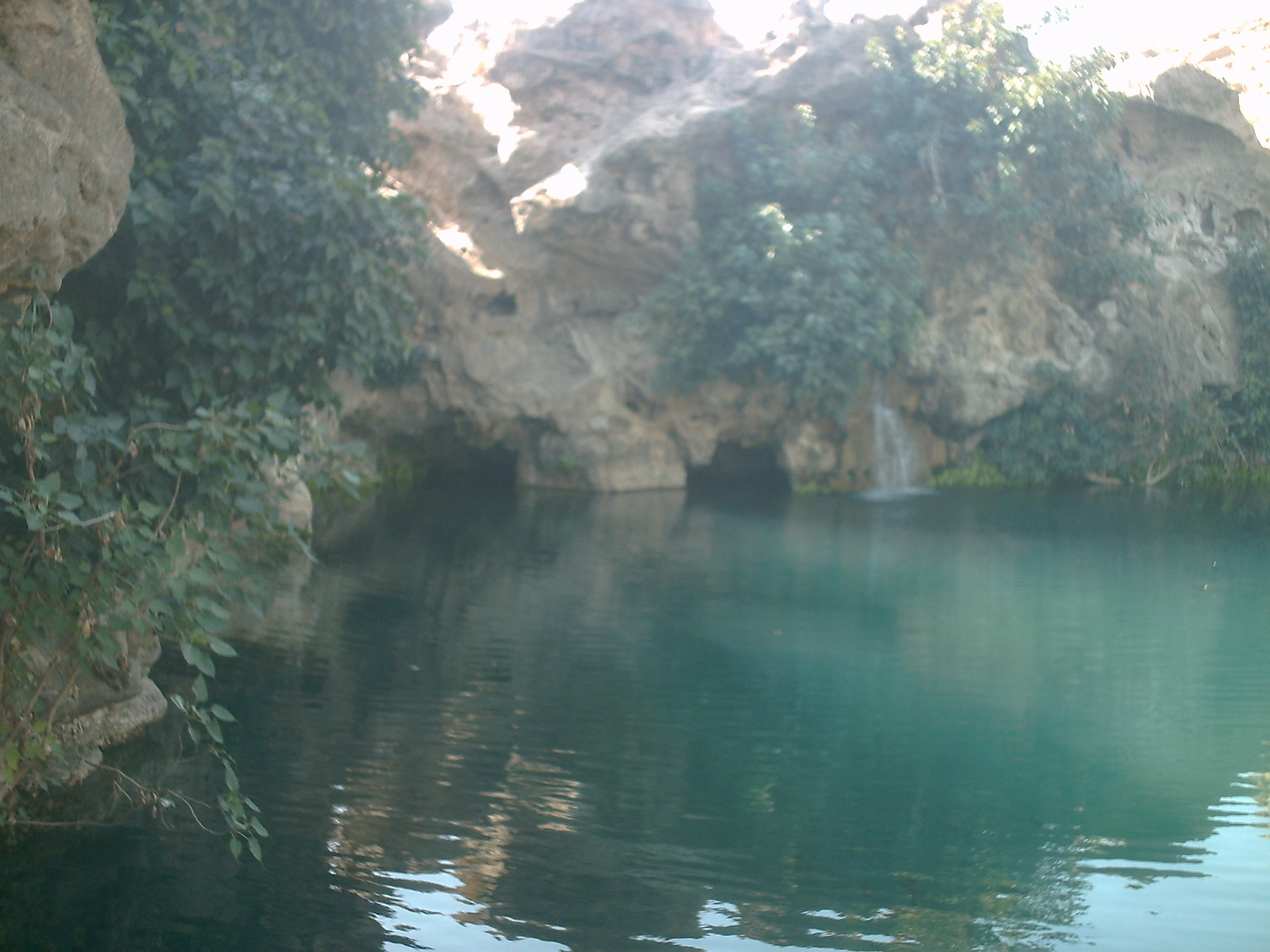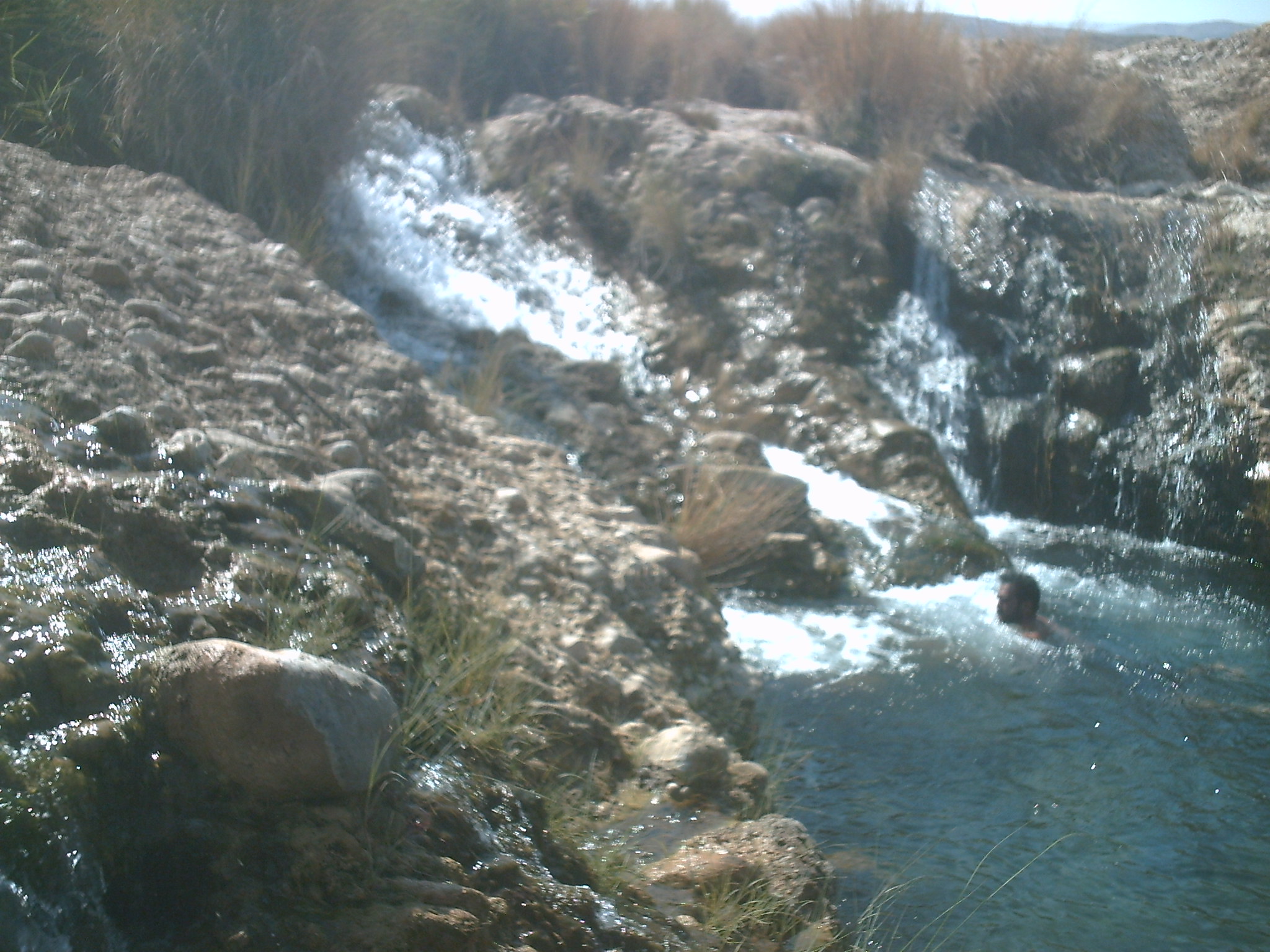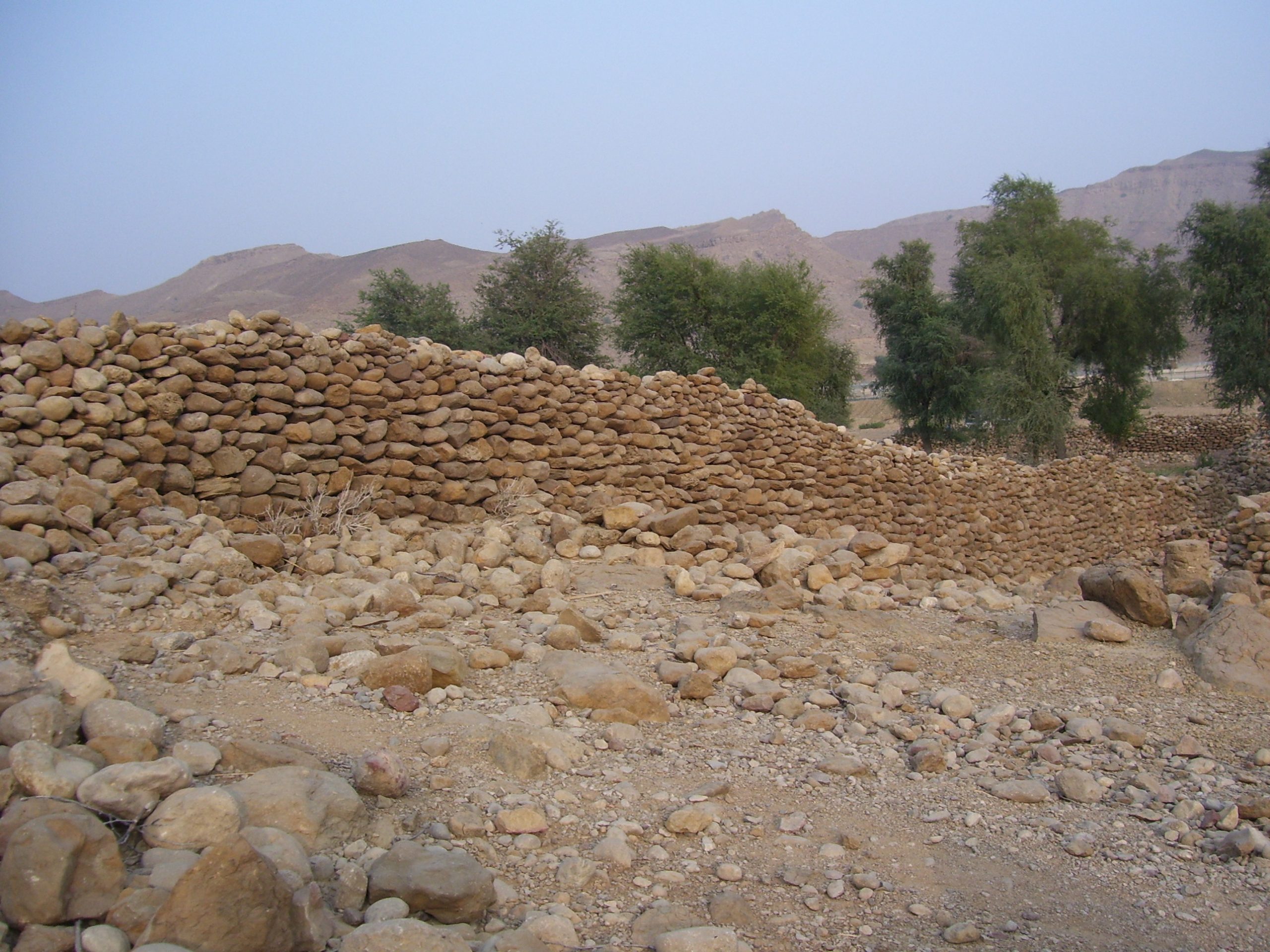
The Piprasar Waterfall got its name as there are large number of small Pipal trees on its banks. It is believed that this area was under the influence of Buddhism.
Aziz Kingrani
The Khirthar Mountain Range is full of many astonishing and attractive water springs and waterfalls. Piprasar Waterfall is one of these attractive places, located between the ancient forts – Mian Jo Kot and Karo Kot in the Khirthar Mountain range, to the west of Wahi Pandhi, a historic town in Johi Taluka, Dadu District, Sindh province of Pakistan.
Besides rain water, the water of natural springs continues flowing from the mountains through the bed of Nai Nali. The Piprasar waterfall is in the course of the Nali River where the water falls from a high hill into the Piprasar kumb or spring. This waterfall is an amazing recreational and historical place.

Piprasar is a compound word or name of the Sindhi language. Pipra means Pipr or Pipal tree (Ficus religiosa or sacred fig or mulberry tree. It is also known as the Bodhi tree, Pippala tree, Peepul tree, Peepal tree, or Ashvattha tree in India and Nepal) and sar means a lake or spring which literally means ‘lake or spring with Pipal trees’. Here the water of natural springs near the flow of Nali River takes the form of a waterfall from a considerable height and turns into a small lake. There are small Pipal trees in abundance on the banks of this waterfall. That is why this spring and waterfall got its name. Local traditions attribute Piprasar to a non-Muslim religion.
Historically, the Pipal tree and its leaves have been considered as of great religious significance in Buddhism. When we look at presence of the Pipal trees and if we glance at history, this belief is strengthened that it belonged to Buddhism, as the Pipal tree is sacred in Buddhism. The great Buddha began his meditation sitting under a Pipal tree. The leaves of the Pipal tree are also sacred in Buddhism.

In Sindh, where Buddhist relics have been found in ancient artefacts, Pipal leaf impressions have been found on pottery as well. Historically, it is also known that Buddhism spread in Sindh from the time of Ashoka the Great of the Maurya dynasty. The first documentary or written book on the history of Sindh, Chach Nama, mentions the Buddhia region or area. The Buddhia spread from Sehwan to Jacobabad and beyond up to Sibi in Balochistan. From area of Buddhia, the enchanting waterfall of Piprasar is about twenty kilometers away in mountainous area towards west.
There are several structures of stupas in the Kachho area as well as in the Khirthar Range, which are monuments of Buddhist origin. Buddhism in Sindh was on the rise from the Rai dynasty to the Brahman dynasty. According to M.H. Panhwar, a well-known researcher of Sindh, Buddhism remained here till 13th century AD. According to the latest research, there are still some people associated with Buddhism in Sindh. After spread of Islam in Sindh, Buddhists converted and named their caste or tribe as ‘Buddh’. At present, the people of Buddh caste live in many districts of Sindh.

There are a large number of Buddhist stupas, Buddhist shrines and other religious symbols associated with Buddhism in ancient rock carvings in Khirthar Mountain Range and around Piprasar waterfall.
With this historical background, it is believed that the site of Piprasar and other waterfalls may have been important sites of Buddhism in ancient times, and that the name Piprasar may have been popular from the ancient time.
Piprasar is one of the most beautiful and enchanting waterfall, tourist and cultural destination in the Khirthar Mountains of Sindh, which lies close to the west side of Gorakh Hill Station Road near Wahi Pandhi which could be turned into a tourist destination if the government of Sindh takes some measures.
_________________
 Aziz Kingrani, hailing from village Haji Manik Kingrani, Johi, Dadu District, Sindh, Pakistan, is poet, short story writer, playwright and a research scholar. He has been contributing in the fields of history and literature since five decades. He has served as a professor as well. His 17 books are published in English and Sindhi language. His articles in English, Sindhi and Urdu have been published in various newspapers and magazines.
Aziz Kingrani, hailing from village Haji Manik Kingrani, Johi, Dadu District, Sindh, Pakistan, is poet, short story writer, playwright and a research scholar. He has been contributing in the fields of history and literature since five decades. He has served as a professor as well. His 17 books are published in English and Sindhi language. His articles in English, Sindhi and Urdu have been published in various newspapers and magazines.